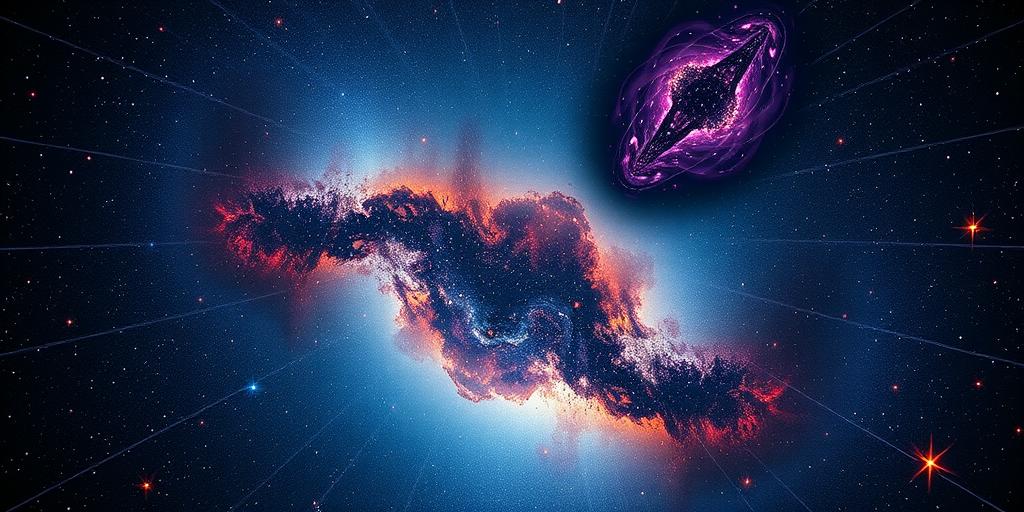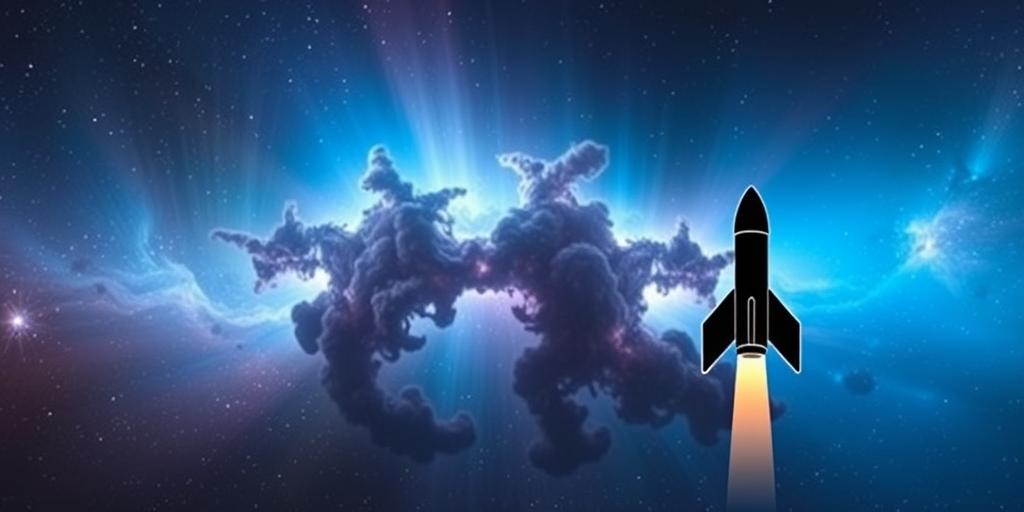Unlocking the Mysteries of the Cosmos
Explore the most compelling cosmic mysteries, including the Big Bang, dark matter, dark energy, the search for extraterrestrial life, and the enigmatic nature of black holes.

Unlocking the Mysteries of the Cosmos
Unlocking the Mysteries of the Cosmos
The cosmos, with its vast expanse and enigmatic phenomena, has captivated humanity for millennia. From ancient stargazers to modern astrophysicists, we have strived to understand the universe's origins, evolution, and ultimate fate. This blog post explores some of the most compelling cosmic mysteries and the ongoing efforts to unravel them.
The Big Bang and the Origin of the Universe
The prevailing cosmological model, the Big Bang theory, posits that the universe originated from an extremely hot, dense state approximately 13.8 billion years ago. Expansion and cooling led to the formation of atoms, stars, and galaxies. However, questions persist about what triggered the Big Bang and what, if anything, existed before it. Scientists continue to probe the cosmic microwave background radiation—the afterglow of the Big Bang—for clues about the universe's earliest moments.
Dark Matter and Dark Energy
Observations indicate that ordinary matter, such as atoms and stars, accounts for only about 5% of the universe's total mass-energy content. The remaining 95% consists of dark matter (27%) and dark energy (68%), which are invisible and exert gravitational effects that influence the structure and expansion of the universe.
Dark Matter: Its presence is inferred from the rotation curves of galaxies and the gravitational lensing of light. Scientists are using particle detectors and astronomical observations to identify the nature of dark matter particles, which could be weakly interacting massive particles (WIMPs) or axions.
Dark Energy: It is responsible for the accelerating expansion of the universe. The leading theoretical explanation is the cosmological constant, an intrinsic energy density of space. However, alternative theories, such as quintessence, propose that dark energy is a dynamic field that changes over time.
The Search for Extraterrestrial Life
The possibility of life beyond Earth has fascinated scientists and the public alike. The discovery of thousands of exoplanets—planets orbiting stars other than our Sun—has fueled this search. Some exoplanets reside in the habitable zones of their stars, where conditions may be suitable for liquid water, a prerequisite for life as we know it.
Organizations like SETI (Search for Extraterrestrial Intelligence) actively listen for radio signals from other civilizations. Astrobiology missions, such as the Mars rovers and the Europa Clipper, seek to understand the potential for life in our solar system. The Drake equation, a probabilistic argument, estimates the number of active, communicative extraterrestrial civilizations in the Milky Way galaxy, though many of its parameters are highly uncertain.
The Mysteries of Black Holes
Black holes are regions of spacetime with such strong gravity that nothing, not even light, can escape. They form from the collapse of massive stars or through the merging of smaller black holes. Supermassive black holes reside at the centers of most galaxies, including our Milky Way.
Event Horizon: The boundary beyond which escape is impossible.
Singularity: The point at the center of a black hole where spacetime curvature is infinite.
Hawking Radiation: Black holes slowly evaporate over vast timescales due to quantum effects.
Scientists use telescopes like the Event Horizon Telescope (EHT) to image the shadows of black holes and test Einstein's theory of general relativity in extreme conditions. The study of black holes provides insights into the nature of gravity, spacetime, and the ultimate fate of matter.
The Future of Cosmology
Cosmology continues to advance with new telescopes, detectors, and theoretical models. Future missions, such as the James Webb Space Telescope, promise to revolutionize our understanding of the cosmos. By addressing fundamental questions about the universe's origins, composition, and evolution, we can gain a deeper appreciation of our place in the vast cosmic tapestry. The mysteries of the cosmos may never be fully solved, but the pursuit of knowledge remains a driving force for scientific exploration and discovery.




